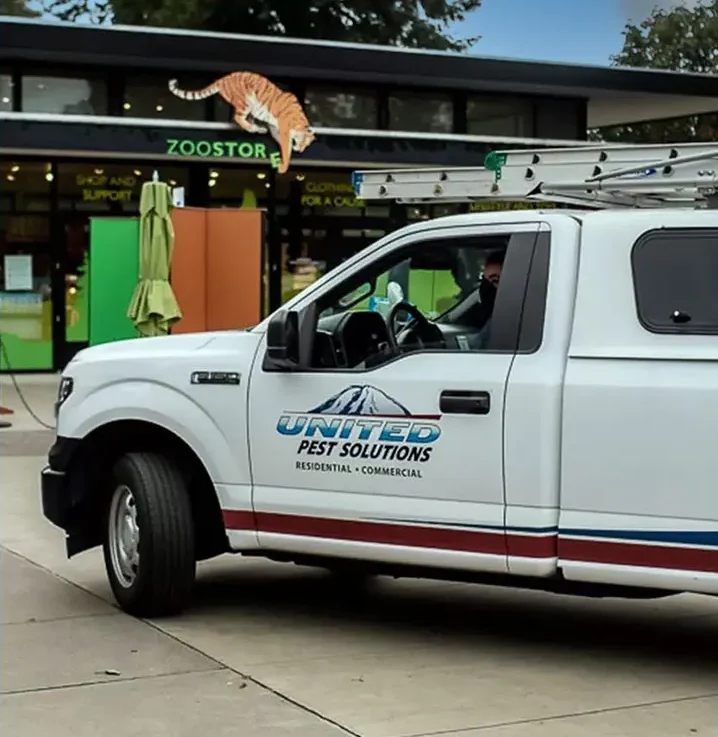Ants are among the most successful insects in the animal kingdom and have been deemed the #1 nuisance pest in America. Argentine ants, odorous house ants, pavement ants and pharaoh ants are the four most prevalent household ants. Ants will eat practically any kind of food, but are especially attracted to sweets. Due to their love of sugar, these ants are sometimes referred to as “sugar ants”, however, the real sugar ant, called the banded sugar ant, is exclusive to Australia and is not found in the United States.
The argentine ant and odorous house ant are both about 1/8 inch in length. The Argentine ant is a dull brown and nests outdoors in shallow mounds, while the odorous house ant is dark brown to shiny black, and nests in shallow mounds outdoors or indoors in wall voids or around water pipes and heaters. The odorous house ant emits a strong rotten coconut odor when crushed.
Pavement ants and pharaoh ants are smaller in size, between 1/16 and 3/16 inches in length. Pavement ants are dark brown to black and live in lawns or under stones, and build mounds along sidewalks and foundations near water. Pharaoh ants are yellow or honey-colored and live in wall voids, behind baseboards or insulation and outdoors in debris.
Sugar Ant Life Stages
The life cycle of the ant consists of four stages: egg, larva, pupa, and adult. Although there is some variation among species, a single queen typically establishes a new colony. After weeks of confinement underground, she lays between 5-60 eggs. After the eggs hatch, she feeds the larvae until they pupate. Several weeks later, the pupae transform into sterile female adult workers, and the first workers dig their way out of the nest to collect food for the colony.
The entire life cycle lasts from 6-10 weeks. Ant workers can survive up to seven years, queens can exist up to 15 years and males die soon after mating with females. As numbers increase, workers add new chambers and galleries to the nest. After a few years, the colony begins to produce winged male and female ants, which leave the nest to mate and form new colonies.
Sugar Ant Threats
Argentine ants, odorous house ants, pavement and pharaoh ants all prefer sweet, syrupy foods. Workers forage for food along paths, commonly coming into homes and buildings because of the availability of food and water sources. Ants rely on a scent left by their scouts to guide workers from their colony to specific food sources in your home. The trail is made of pheromones, natural chemicals the ants deposit along their route, like breadcrumbs.
These ants can infest any area of a structure, from crawlspaces, wall voids, kitchens and bathrooms to pantries and attics. Most sugar ants are more of a nuisance, however, argentine ants are an invasive species and have the ability to bite when threatened. Argentine ants are particularly aggressive toward other ant populations due to their sheer numbers, resulting in a serious threat to conservation efforts and native ant species.



